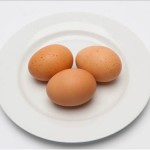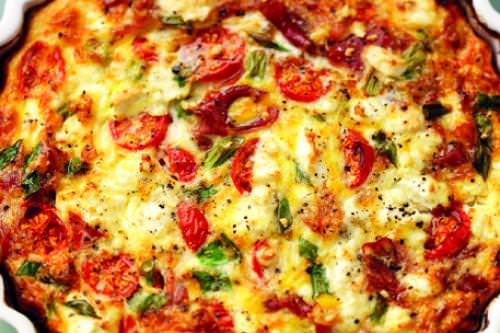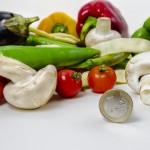Recipe & image supplied by the British Egg Information Service: www.eggrecipes.co.uk
Quiche makes a lovely light lunch and is an excellent choice for a lunch box with some salad leaves and vegetable sticks on the side. By leaving off the pastry crust it makes for a really good healthier option as the pastry is usually high in fat.
You don’t have to stick to feta cheese and ham, you can vary the ingredients to whatever you have available. Get creative!
Skills Check
Follow a recipe; follow food safety & hygiene rules; tidy away; crack an egg; beat an egg; use measuring spoons; use weighing scales; chop using bridge/claw technique safely; crumble ingredients; season to taste.
Allergens
Eggs | Milk | May contain gluten
(Please note the allergens listed are indicative only. Allergens vary depending on brand; check the labels on the products you use.)
Equipment
20 cm oven proof shallow dish, baking tray, fork, jug, measuring spoons, knife, chopping board, oven gloves, weighing scales.
Ingredients (serves 4):
- 5 British Lion eggs
- 4 tbsp semi skimmed milk
- 2 tbsp rapeseed or olive oil
- 4 spring onions, trimmed and chopped
- 100g cherry tomatoes, halved
- 85g ham, torn into pieces
- 75g feta cheese, crumbled
- Black pepper
Method
- Preheat the oven to 180°C or Gas Mark 5. Put a 20 cm oven proof shallow dish in the oven on a baking tray whilst the oven heats up.
- Beat the eggs with the milk.
- Remove the hot dish from the oven and swirl the oil over the base and sides. Add the onions and tomatoes and stir well.
- Add the ham and cheese, and then pour over the egg mixture.
- Season with black pepper.
- Return to the top of the oven and bake for 15 minutes or until the egg has set and the top is golden.
So thinking about Crustless Quiche ...

Vegetables are so good for us! Low in fat, sugar and calories and high in vitamins, minerals and antioxidants.
Try and keep fillings such as ham and cheese to sensible proportions and choose reduced fat varieties where possible.
Nutritional Information
| - | Energy | 958kJ / 231kcal | 12% |
| Med | Fat | 17.5g | 25% |
| Med | Saturates | 5.3g | 27% |
| Low | Sugar | 2.0g | 2% |
| Med | Salt | 1.5g | 25% |
per 118g serving
% of an adult's reference intake
Typical values per 100g: Energy 811kJ / 195kcal
Notes
A traffic light system is used on nutrition labels to make it easier to see which foods and drinks are lower in calories, fat, sugar and salt. Try and choose more ‘greens’ and ‘ambers’ and fewer ‘reds’, and stick to smaller portions of ‘reds’.
Just because a recipe or a food has a red traffic light doesn't mean you shouldn't eat it. Understanding why a food or recipe might have a red light can be helpful. For example oily fish is high in total fat and so any recipe containing oily fish is likely to be ‘red’ for fat. But it is recommended that we eat oily fish at least once a week because the type of fat it contains is beneficial for our health.
% Reference Intakes are also shown. Reference Intakes are guidelines about the approximate amount of particular nutrients and energy required for a healthy diet (based on an average-sized woman doing an average amount of physical activity). Most children will require less than these Reference Intakes. The contribution of one serving of a food or drink to the Reference Intake for each nutrient is expressed as a percentage.




